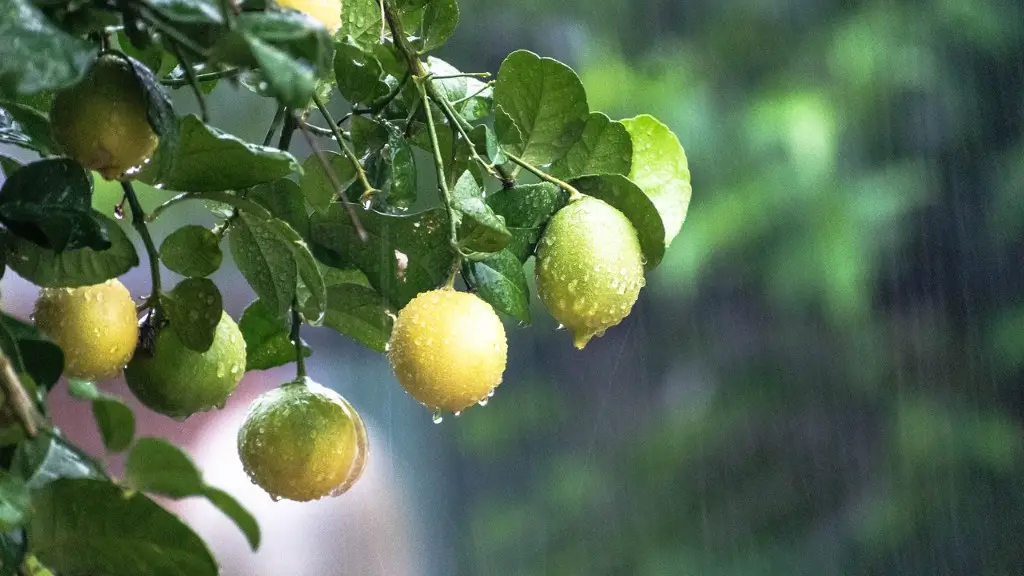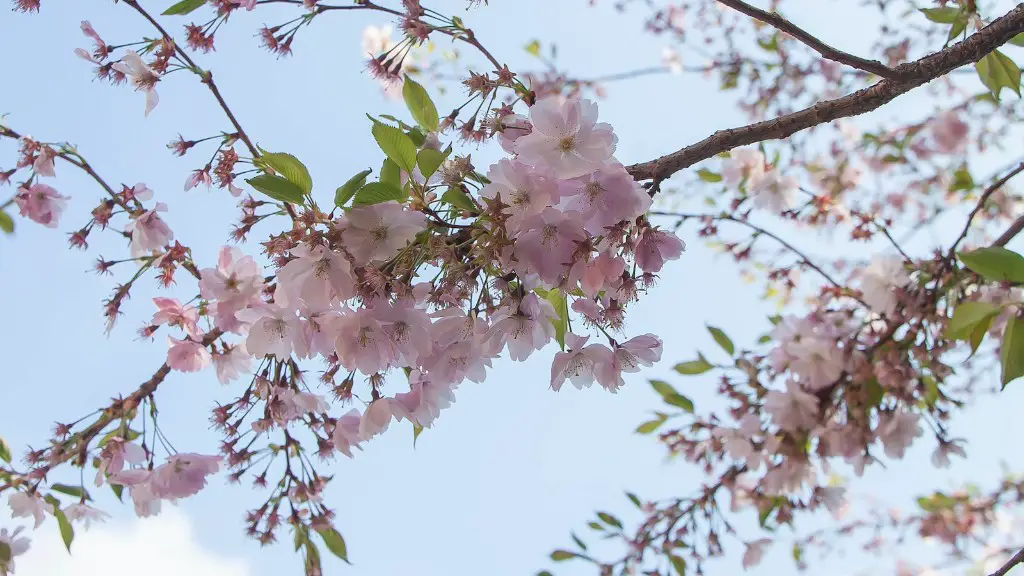A lemon tree is a beautiful sight. It is characterized by its vibrant yellow fruit, its shiny green leaves, and its delicate pale-colored bark. The tree itself grows to an average height of 8-20 feet tall and it can live for up to 20 years if taken care of properly. It has small, fragrant white flowers that attract bees and other pollinators, which aid in its reproduction. Its fruit–the lemon–is renowned for its tart taste, fragrance, and beneficial health properties. Lemon trees make an attractive addition to any garden or landscape.
Genetics of a Lemon Tree
The origin of the lemon tree is uncertain, however, it is thought to have come from India or previously known as the Malabar region. It is part of the Rutaceae family, which includes other citrus fruits, such as oranges and limes. Lemon trees require warm weather with well-draining soil to thrive. They are usually propagated from cuttings or by grafting small portions of established trees onto seedlings.
How to Care for a Lemon Tree
An essential part of caring for a lemon tree is providing adequate irrigation. The tree needs a minimum of one inch of water per week. During the summer, it may require additional water, depending on environmental conditions and soil type. The tree should also be fertilized with a general-purpose fertilizer every three months. It is important to prune annual shoots and dead or diseased branches to promote bushy growth and healthful fruit. Additionally, lemon trees prefer partial or full sunlight, so locating it in a well-lit spot is ideal.
Harvesting a Lemon Tree
Lemon trees produce fruit almost year-round in tropical climates and during the summer months in temperate climates. The tree’s lemons mature over time and ripen faster off the tree, so it is often beneficial to pick them before they are fully ripe. The fruit can be harvested by hand or using hand-held picking tools. For commercial harvesting, automated mechanical tools are also used.
Benefits of Lemon Trees
Lemons’ therapeutic properties have been utilized as medicines for centuries. They are rich in antioxidants and vitamin C and are effective at treating various illnesses, such as cold and flu, as well as skin and hair problems. In addition to their medicinal properties, their scent and flavor can provide relief from stress and anxiety. Plus, the foliage of a lemon tree and its flowers can add beauty to the garden.
Pests and Diseases
Lemon trees are generally susceptible to fungal diseases, such as Verticillium wilt and citrus canker. Additionally, they may also be attacked by insects, such as aphids, scales, or thrips. Taking steps to establish proper plant health, such as providing adequate irrigation and pruning, can help minimize the impact of these types of pests and diseases.
Propagating a Lemon Tree
Grafting and propagation techniques can be used to propagate a lemon tree from existing trees and can be a great way to produce larger and healthier fruit. Most types of lemon trees can be propagated by either grafting or cuttings. When performing a graft, a small portion of the core of an older tree is grafted onto a seedling. A cutting is then taken from the rootstock rather than the scion.
How to Pot a Lemon Tree
Potted lemon trees thrive best when kept in a container that is at least 10-12 inches deep, with ample drainage holes. It’s important to ensure that the soil is moist and that the tree is not allowed to dry out. The soil should be amended to keep the pH level between slightly acidic and neutral for optimal health. The lemon tree should be placed in an area that receives direct sunlight for a minimum of 6-8 hours a day. To promote bigger and better yield of fruit, pruning and harvesting should be done every two months.
Fertilizing a Lemon Tree
Regular fertilizing is important for a healthy lemon tree and should be done at least every three months. A fertilizer specifically designed for citrus trees is usually recommended. It should contain nitrogen, phosphorus, and potassium. During periods of fruit production, the fertilizer should be applied lightly. Additionally, if the blade of the tree is yellow or pale, then a magnesium and iron fertilizer may be needed.
Harvesting and Storing
Lemons can be harvested when they have become completely yellow and when the skin begins to soften. The ripening time may vary depending on the variety of lemon tree and the climate in which it is being grown. To remove each lemon from the tree, it should be carefully twisted and pulled off. If the fruit is picked before it is mature, the taste and quality will be affected. Once picked, the lemons should be stored in a cool place and can last up to two weeks.

